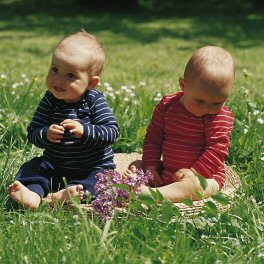Advice and FAQs
Welcome! We hope you'll find some useful information on this page including answers to some frequently asked questions. Please contact us if you have any further queries that are not covered on this page.
Wool
1. A wool item has shrunk, why and what can i do?
2. Why and how is wool so good for you?
3. What is Merino wool?
4. Can you really wear wool in Summer?
Silk
5. What is so special about silk?
6. What is Bourette silk?
7. How can your silk be certified organic?
New baby
8. Why is wool great for your baby?
9. What does my new baby need?
9(a). What does an Autumn/Winter baby need?
9(b). What does a Spring/Summer baby need?
10. If I sleep my baby on a sheepskin, should he wear less clothing?
Wool
1. A wool item has shrunk, why and what can I do?
On the outside of the wool fibre are tiny scales that do several jobs. First of all, they help repel water keeping you and your clothing dry. Secondly, they help get rid of dirt, by rubbing together and pushing it off. They also protect the keratin core of the fibre and respond to changes in humidity, allowing water to pass into the core if necessary.
If they are heated or cooled too quickly, become too hot, or if they are made wet and are rubbed too much, they jam up and lock in upon themselves.
This causes the natural elasticity to go, and your garment will become thicker and smaller.
You can re-size your wool to some extent by gently stretching and re-shaping it before it dries. In fact, you should do this each time it is washed. You may be surprised how much it will stretch back into shape.
An alternative method is to use your own hair conditioner to help the fibres slide apart:
Finally, if you have bought your woollen item from us at Cambridge Baby, and you feel its shrinkage is unacceptable, please see our returns policy.
2. Why and how is wool so good for you?
Wool consists of three layers.
You can see already that it's pretty amazing, and a healthy thing to have next to your skin.
The two outer layers have tiny pores which allow moisture to pass through to the keratin core which absorbs it. If the temperature increases or the wearer becomes more active and begins to sweat, the moisture is wicked into the central core. Your body heat then wicks it out towards the surface, where it is released into the atmosphere. This in turn means that it maintains a stable temperature and keeps you and your baby dry and comfortable by absorbing and releasing sweat. It even does this "dynamically", which means it does it more when needed, and less when not needed. No man-made fibre can equal this.
To keep these abilities, wool does need to be looked after. But with 99% of washing machines now having a wool cycle, this is quite easy. Just use a liquid detergent for wool or a drop of your own shampoo.
3. What is merino wool?
Merino wool fabric is fantastic! It is considered the finest of all sheep's wool, with good cause.
First of all, it has all the properties of wool...
...and its fibres are extra-fine, so that it doesn't itch. Merino wool can therefore be worn right next to the skin, creating a responsive micro-climate around the body which helps to keep the body's temperature stable. This temperature-regulating property is particularly great young babies, who find this hard to do themselves.
Wool in general is particularly brilliant for babies.
So when your baby possets, dribbles or sicks up, you don't need to run and change him/her yet again - he'll stay warm and cosy. Making for a stress-free day.
4. Can you really wear wool in Summer?
There are a lot of people who value a thin layer of wool next to the skin in Summer. Through its wicking and breathing properties, it can help keep you comfortable in warm weather. Sheep, of course, wear it all year long - and it took a lot of evolution to get wool fibres so perfect.
Due to its insulating properties, it can help keep things cool and help keep things warm. Mind you, farmed sheep get shorn, so you might want to ditch that woolly jumper come June, but wild sheep keep their shaggy coats all year round - and even shorn sheep have a good few cm to help them keep cool. Our silk/wool blend items are perfect when the summer days draw in.
5. What is so special about silk?
Silk and silk blend fabrics are our softest, gentlest fabrics, recommended for sensitive skins, eczema sufferers and for whenever extra comfort is needed.
6. How can your silk be certified organic?
We believe that good organic farming is beneficial to the environment and to the finished product. We are excited to be stocking some of the only certified organic silk in the world! The silk worms eat organic mulberry leaves, grown with no chemical input, and because the whole process is organic, our silk is chemical-free. It is certified by IMO. Please note that only our pure silk range is certified organic; our silk blend ranges are not certified but are a very natural product of exceptionally high quality, certified as such by IVN.
7. What is Bourette silk?
Bourette silk is spun silk and has a warm, natural feel. It doesn't feel or look silky-smooth, as it is a different kind of silk which is created by spinning together silk strands to create a more earthy look and texture. It is less expensive than filament silk and we prefer its feel against the skin. We have chosen this high-quality, dye-free, chemical-free bourette silk for our range as we believe it represents excellent value for our customers.
New baby
8. Why is wool great for your baby?
9. What does my new baby need?
Ha! How long is a piece of string? On a more helpful note, we have compiled this list based on what our baby used:
9(a). What does an Autumn/Winter baby need?
When the baby is a few weeks old and you're going out and about, we'd also recommend the Engel snugglesuit which goes over everything.
9(b). What does a Spring/Summer baby need?
10. What should my baby wear sleeping on a sheepskin?
This question comes from a new mother who asks "I've just brought one of your sheepskin rugs in the hope that it will help my 4 month old sleep better. Would you be able to recommend what I would dress him at night as I don't want him to over heat. At the moment he is in a vest, baby grow and 1 tog sleeping bag."
Using a sheepskin under your baby may provide greater insulation than if your baby sleeps directly on a mattress. It's important not to let your baby overheat, so I would suggest using one layer less than you normally dress your baby in to start with. I would check your baby's temperature using your hand to his/her chest or back, to feel whether he is nice and warm (without being sweaty or hot) or cool (in which case you will know why he/she wakes up!).
I'd also make sure that the sleeping bag is natural fibre (no polyester in the filling) as natural fibres allow your baby's skin to breathe, whereas polyester is not so good at this - meaning that it's harder for your baby's body to cool itself down naturally.
Please note that your Healthcare Professional is the best person to turn to for advice, and we recommend doing so for the latest advice.

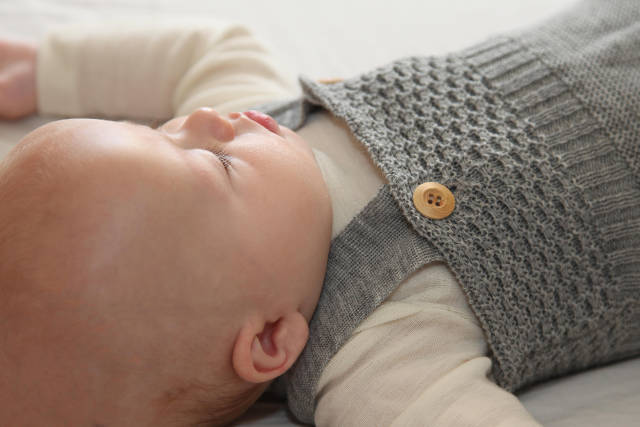
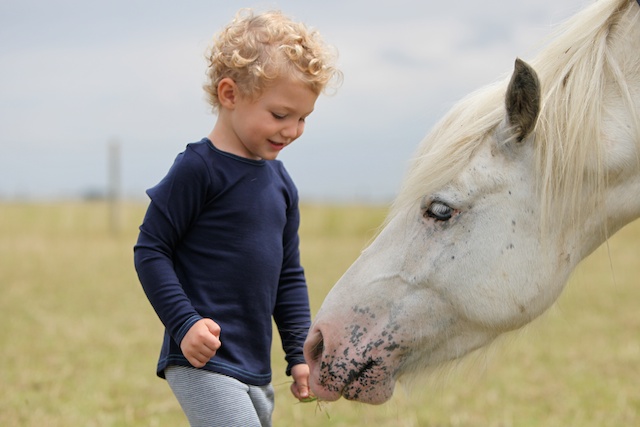
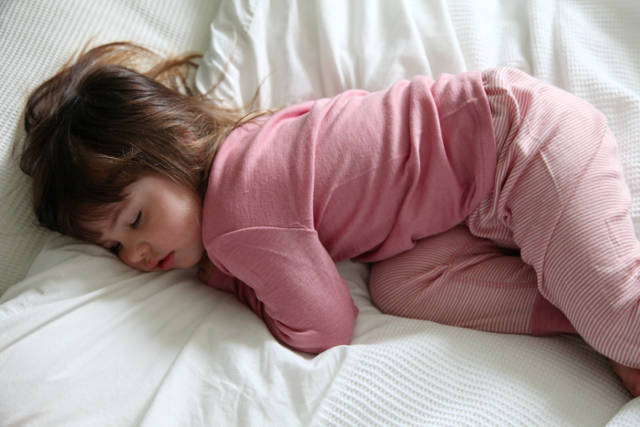
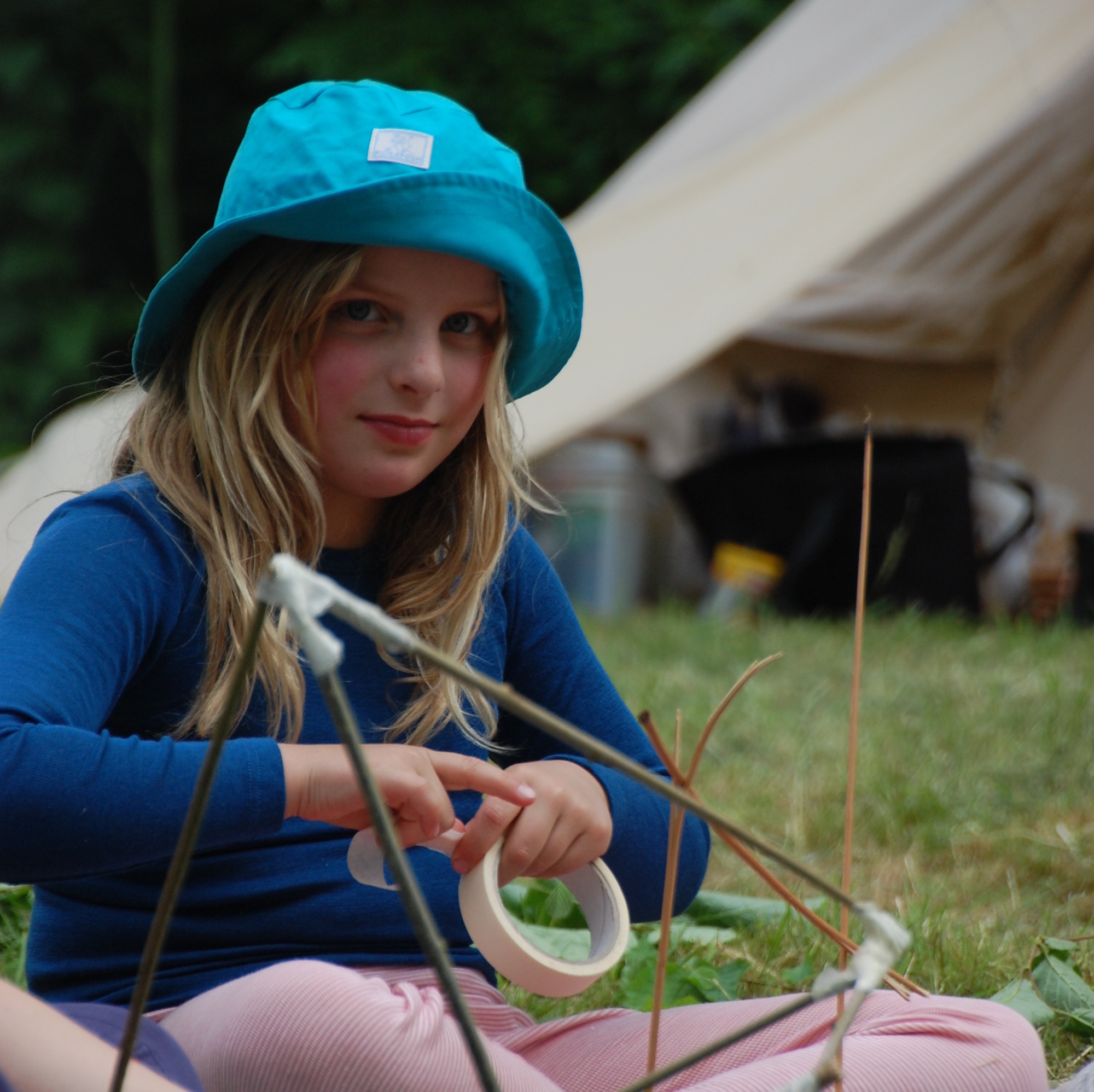

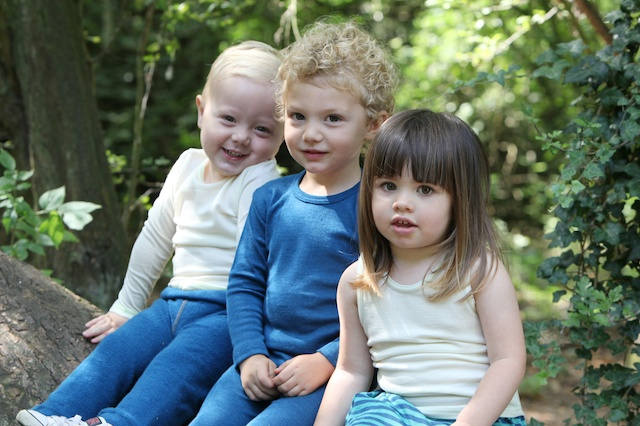
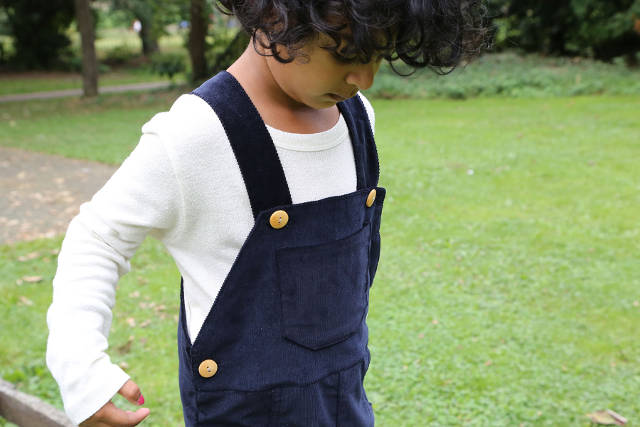
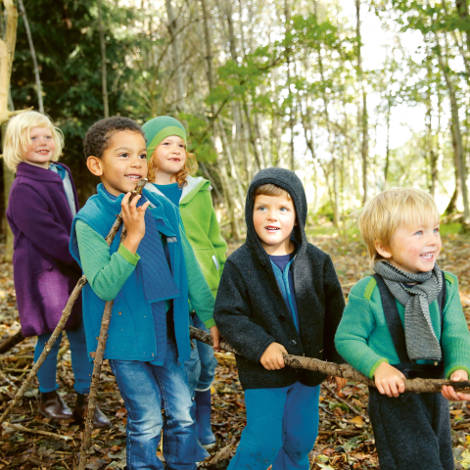
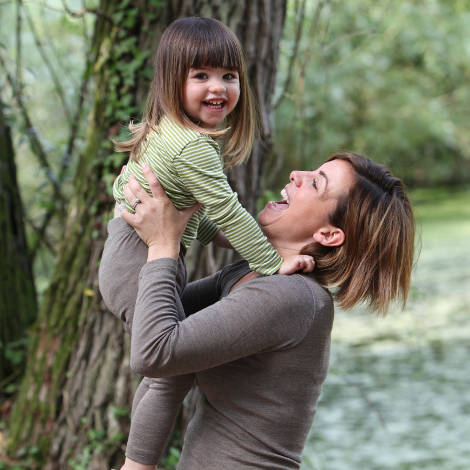
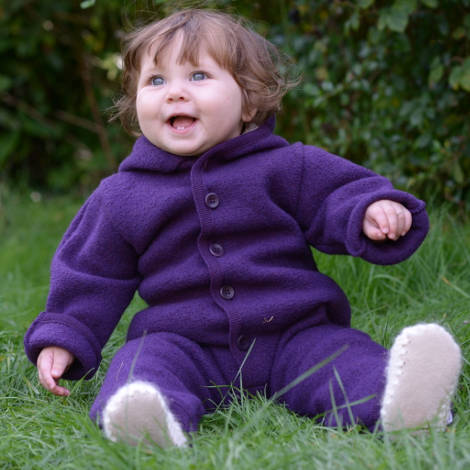
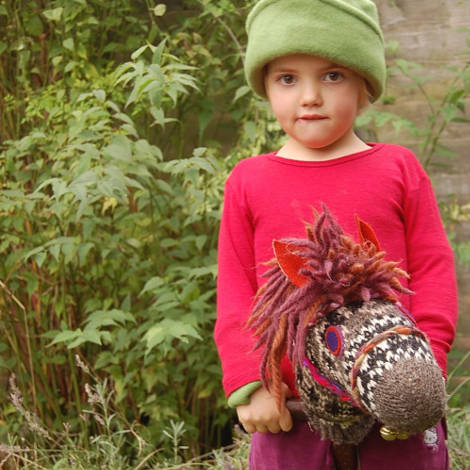
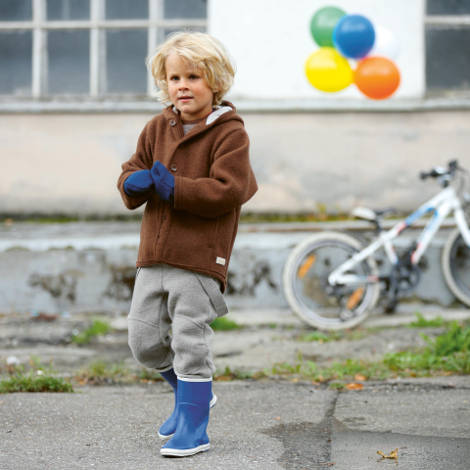
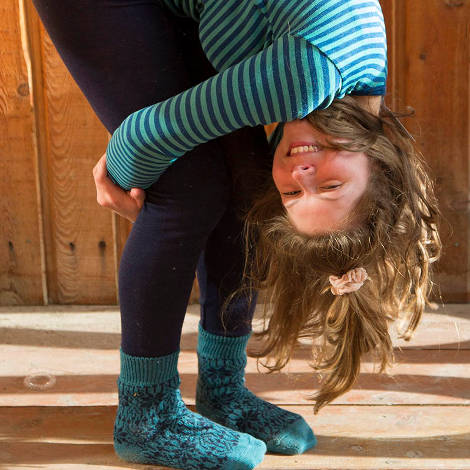
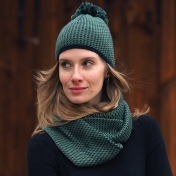
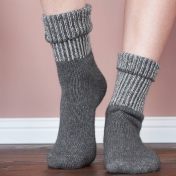
 Advice and FAQs
Advice and FAQs
